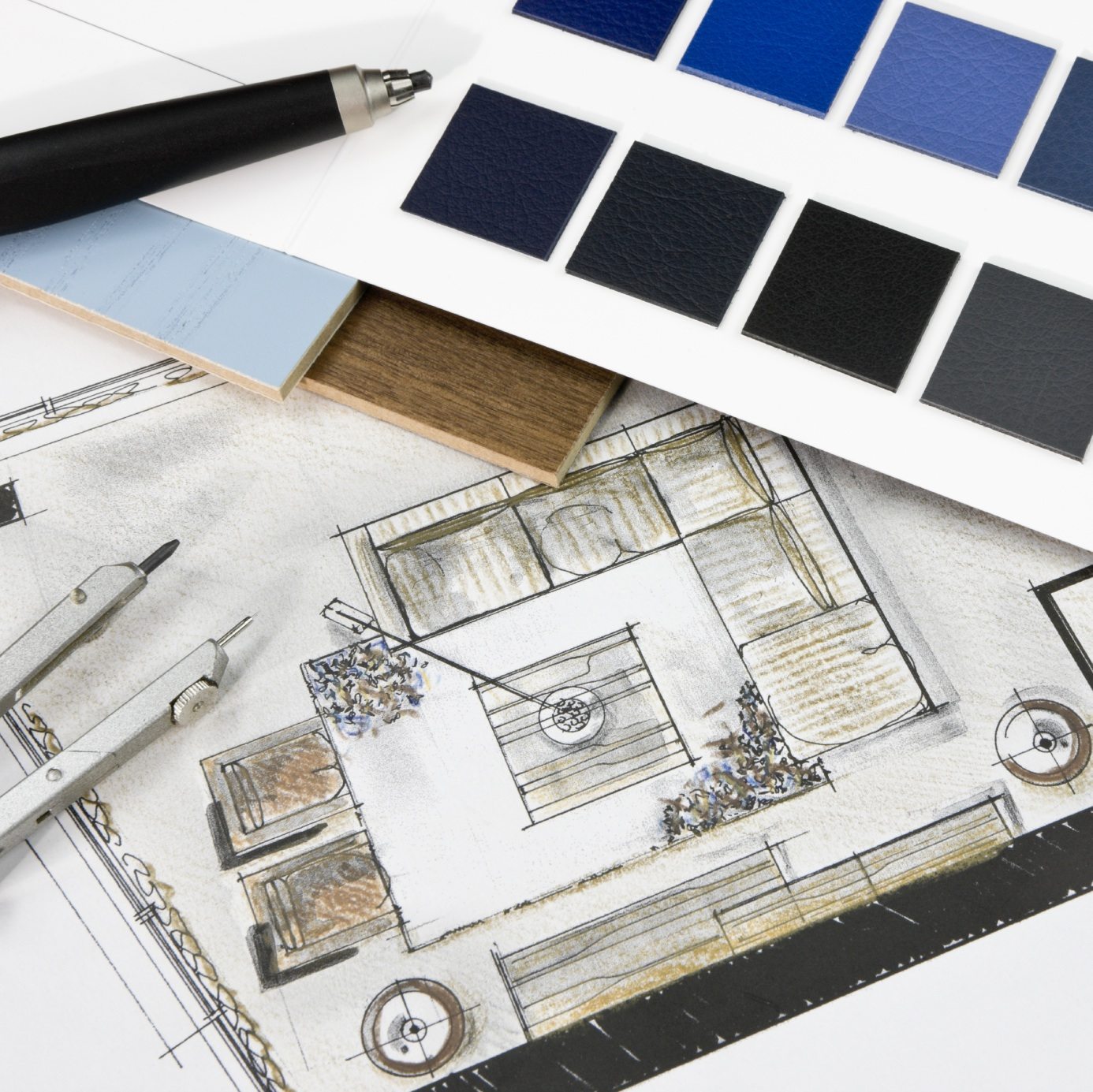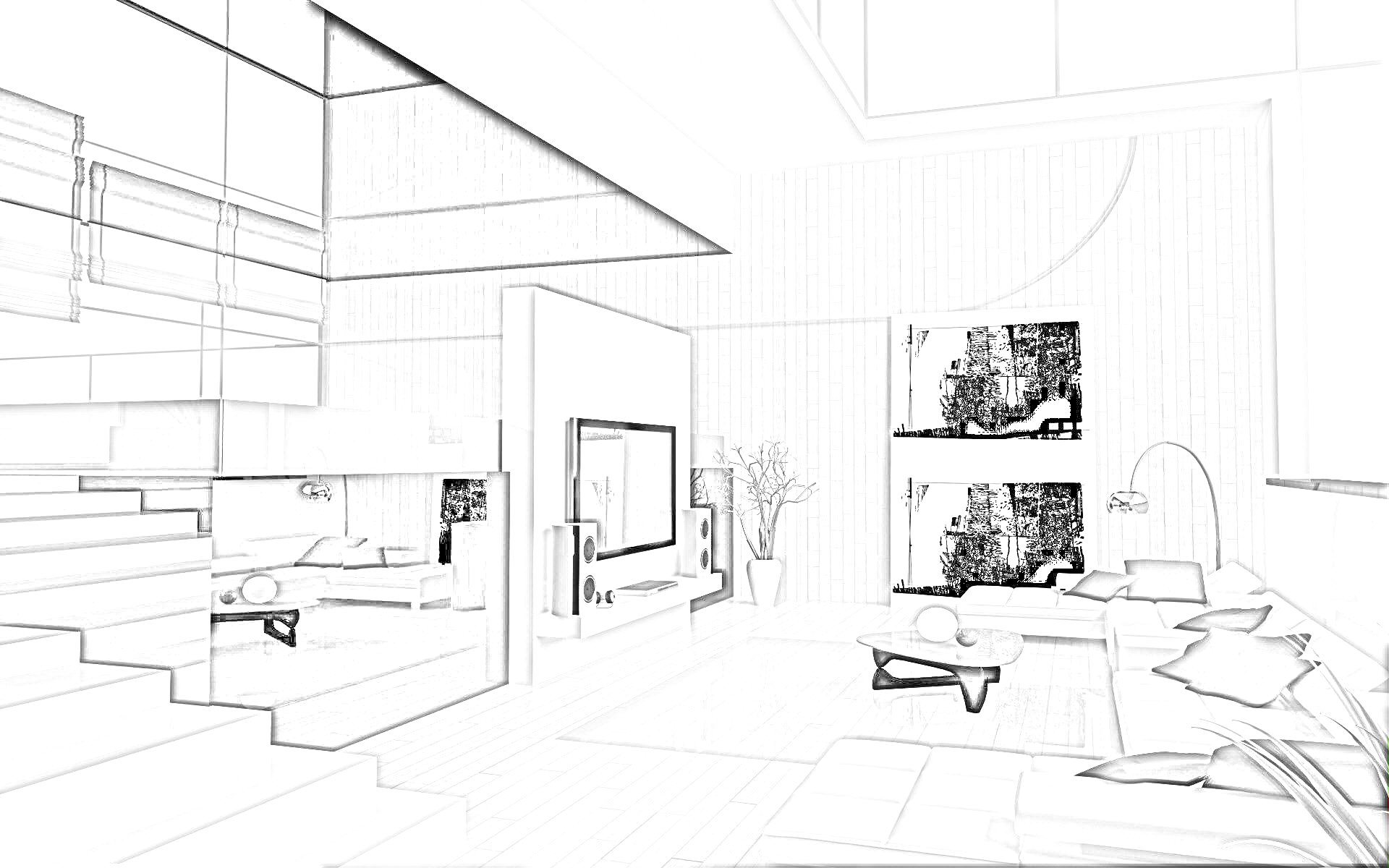Architectural Assessment
Measurement and mapping of the spaces, initial two dimensional drawings and assessment of the space.
Functionality Mapping
Identification of the main living areas and mapping the best configurations based on the inhabitants living habits and the optimal circulation patterns through the space.
Conceptual Design
Presenting the designer’s concept of the actual experience the client will feel when the space is completed. The conceptual design is based on the investigation and analysis of the client’s needs and esthetic requirements, and embodies the creative views and ideas of the designer. It includes the preparation of working drawings and specifications for interior construction, space planning, materials, finishes, furnishings, fixtures and equipment.
Final Design Project Rolling Plan
Following the conceptual design, the rolling plan will include the following in order to complete the interior design project.
- Heavy construction works if needed, walls and door repositioning, other interior structural changes.
- Plumbing, water and sewer elements and lines workings.
- Electricity wirings, power outlets and lighting fixtures positioning, cable and internet outlets and wiring.
- Determining the placement of the heating and cooling bodies.
- Kitchen Design.
- Bathrooms and laundry room Design.
- Interior doors and windows.
- Wall and floor finishes selection.
- Furniture design and selection.
Visualization
2D and 3D visualizations are prepared as part of the Conceptual Design phase.


